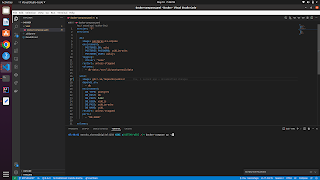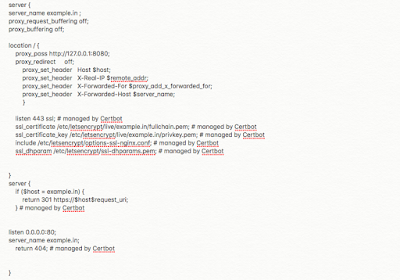A. Three Pairwise Maximums
A. Three Pairwise Maximums
time limit per test
1 secondmemory limit per test
256 megabytesinput
standard inputoutput
standard outputYou are given three positive (i.e. strictly greater than zero) integers x, y and z.
Your task is to find positive integers a, b and c such that x=max(a,b), y=max(a,c) and z=max(b,c), or determine that it is impossible to find such a, b and c.
You have to answer t independent test cases. Print required a, b and c in any (arbitrary) order.
Input
The first line of the input contains one integer () — the number of test cases. Then test cases follow.
The only line of the test case contains three integers x, y, and z (1≤x,y,z≤109).
Output
For each test case, print the answer:
- "NO" in the only line of the output if a solution doesn't exist;
- or "YES" in the first line and any valid triple of positive integers a, b and c (1≤a,b,c≤109) in the second line. You can print a, band c in any order.
Example
input
Copy
5 3 2 3 100 100 100 50 49 49 10 30 20 1 1000000000 1000000000
output
Copy
YES 3 2 1 YES 100 100 100 NO NO YES 1 1 1000000000
This file contains hidden or bidirectional Unicode text that may be interpreted or compiled differently than what appears below. To review, open the file in an editor that reveals hidden Unicode characters.
Learn more about bidirectional Unicode characters
| t=int(input()) | |
| for i in range(t): | |
| l=list(map(int,input().split())) | |
| res=sorted(l,reverse=True) | |
| a=max(res) | |
| b=min(res) | |
| c=1 | |
| if res[0]==max(a,b) and res[1]==max(a,c) and res[2]==max(b,c): | |
| print("YES") | |
| print(a,b,c) | |
| else:print("NO") | |



Comments
Post a Comment
Please give us your valuable feedback